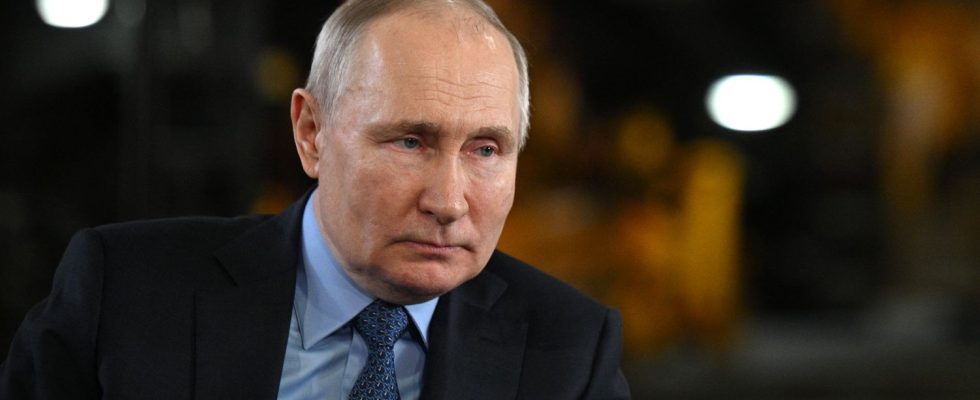With a range of 8,000 kilometers and 12 meters long, the Boulava can be equipped with ten nuclear warheads.
Published
Update
Reading time :
1 minute

Russia announced on Sunday, November 5, that it had successfully tested an intercontinental ballistic missile capable of carrying nuclear warheads. The launch of the Bulava missile, the first in about a year, comes shortly after Russia revoked its ratification of the Comprehensive Nuclear Test Ban Treaty. “The new strategic nuclear submarine Emperor Alexander III successfully fired the Boulava intercontinental ballistic missile” from the White Sea, the Russian Defense Ministry wrote in a statement.
The missile hit “at the scheduled time” its target located on a testing ground on the Kamchatka Peninsula in the Russian Far East, he said. With a range of 8,000 kilometers and 12 meters long, the Boulava can be equipped with ten nuclear warheads. The submarine Emperor Alexander III is equipped with 16 Bulava missiles, according to the Russian army.
Exit from the treaty banning nuclear tests
Since the start of the conflict in Ukraine in February 2022, Russian President Vladimir Putin has blown hot and cold regarding the use of nuclear weapons, deploying tactical nuclear weapons in the summer of 2023 in Belarus, Russia’s closest ally. Moscow. He signed into law Thursday a law revoking Russia’s ratification of the Comprehensive Nuclear Test Ban Treaty.
Opened for signature in 1996 and ratified by Russia in 2000, this treaty has never entered into force, because it has so far only been ratified by too few states. Russia, however, has “continue to respect the moratorium on nuclear tests”despite this revocation, the Russian Foreign Ministry assured Friday.
